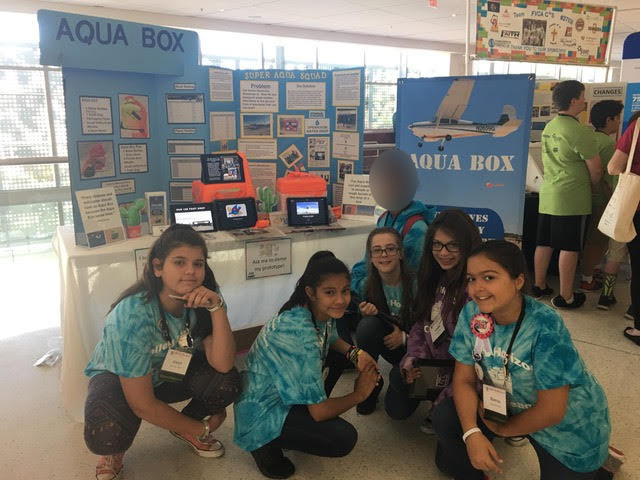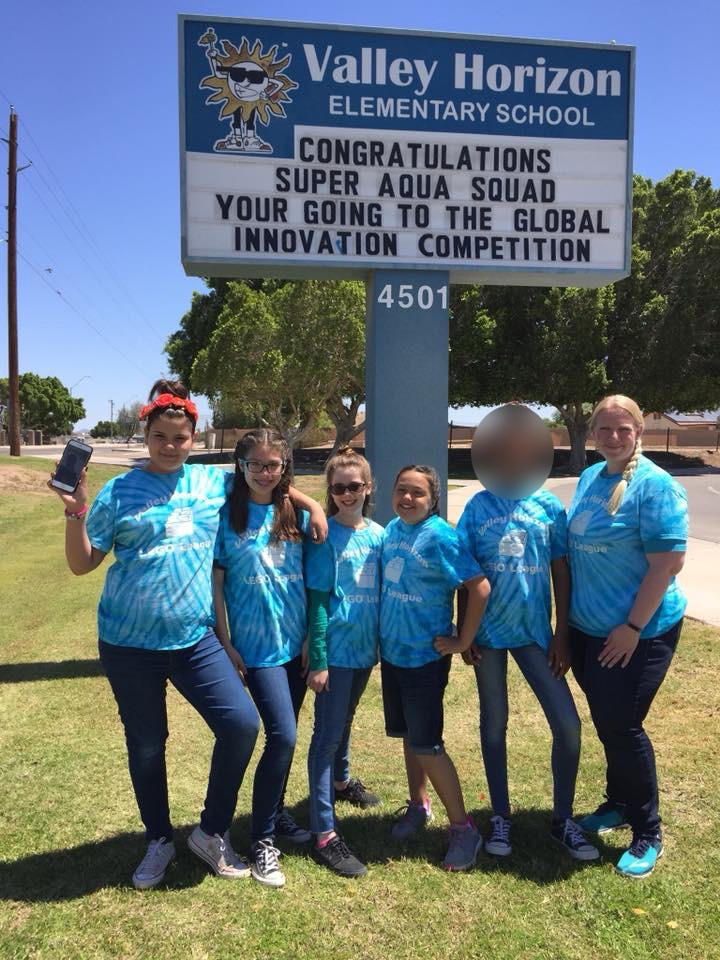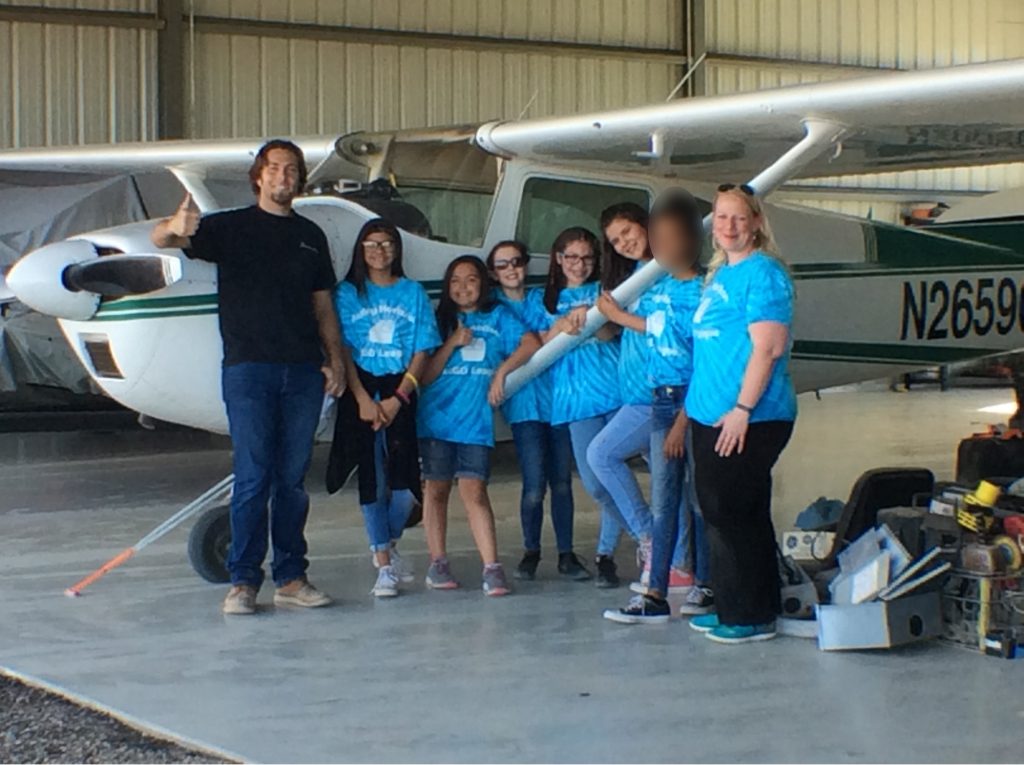
One Teacher’s Story: How an Invention Education Project Changed the Lives of My Students

By Elizabeth Colton
I teach middle school science in Yuma, a small border town in Southern Arizona. Home to a Wild West-era prison and overlooking the Colorado River, it’s a close-knit community of mostly Hispanic families straining to make ends meet. PK-12 enrollment is a little more than 10,000. Among our many challenges as educators is that a significant percentage of our students struggle to show up for class each day.
And even when my students make it to class, it can be a struggle to engage them in STEM subjects. They don’t see the relevance to their daily lives or their futures, and often don’t see themselves in a career that might include engineering or the sciences.
But this all changed when I mentored a group of elementary school students to solve a problem they saw in their own community: first responders trying to save the lives of people stranded in the Arizona desert near the border.
In 2018, I found myself working with six 5th/6th grade girls in an after-school program at Valley Horizon Elementary School. The program was for kids who needed academic intervention — either because of failing grades or missing too many days of school or both.
As a firm believer in invention education and challenge-based learning, I wanted to find a project that would help motivate these kids to embrace the joy of learning. One of the students remembered a school visit by a border patrol helicopter pilot, who shared a story about trying to rescue a father and his two sons stranded in the desert on a 118-degree day. It was too hot to land the helicopter, and every water bottle he tried to throw ended up breaking on impact.

This story really struck home with my students — they could empathize with such a difficult situation for another family. And so creating something that could solve this problem happening in their own community became our goal for the year. Fast forward 10 months and numerous iterations later, the girls landed on a design they called “Aqua Box” — an easily openable container that can hold temporary survival supplies and sustain a drop of upwards of 200 feet without damaging its contents.
This project led the girls on a journey none of them could have imagined. From learning the math necessary to calculate cubic space and impact force, to building presentation skills, to student council leadership, to meeting NASA engineers (with a female boss no less), to taking their first airplane ride (to San Jose, CA as finalists for the Global Innovation Awards) — their invention education experience completely changed their approach to learning and view of what they were capable of. Through iterative design processes and experimentation, they learned resilience, perseverance, and problem-solving skills, all of which are essential for academic, career, and life success.

I also saw a change in the way their peers viewed them and how their families and community connected with our school. It was amazing to see the community help raise the $12K needed to attend the Global Innovation Awards. Everybody was giving something. “Go be awesome” was the mantra across town. Today, these girls graduated from high school with honors, and many have scholarships to universities and will be working on a degree in STEM-related fields come Fall 2024.
And their Aqua Box invention? It received a provisional patent from the USPTO.
When I talk about the power of invention education among my peers, I sometimes hear “I might be able to find time during 4th quarter” or “that’s great for summer school, but . . .”. As teachers, we’re all experiencing pressures ranging from absenteeism to learning loss. But at the end of the day, we all want the same thing — for our students to be in class and to have them engaged and enthused about learning.
So this is the advice I share with my fellow teachers on simple things they can do to employ invention education, regardless of time and resource limitations:
- Prompt conversations in the classroom with students on what problems they see in the world and what they wish were different.
- Provide regular opportunities for students to explore, discover, and problem-solve in class.
- Engage the community by bringing stakeholders into the classroom to share their lives, their learnings, and the challenges they face.
By motivating students to become active participants in their learning journey and providing opportunities for hands-on, experiential learning, invention education can help create a positive culture shift where school is valued and celebrated — not because they must be there, but because they want to be there.
Elizabeth Colton is an innovative educator with an 18-year career dedicated to fostering creativity and excellence in students of all backgrounds. As a STEM and CTE instructor at Crane Middle School in Yuma, Arizona, she combines her expertise in science education with a passion for technology integration and innovation. Recognized nationally and internationally, Elizabeth is a Master Teacher of Invention and Intellectual Property — a program from USPTO — Apple Distinguished Educator, FIRST Robotics trainer, National Rural Teacher of the Year finalist 2023, Arizona Rural Schools Association Teacher of the Year 2022, and Arizona Elementary Science Teacher of the Year 2018.
